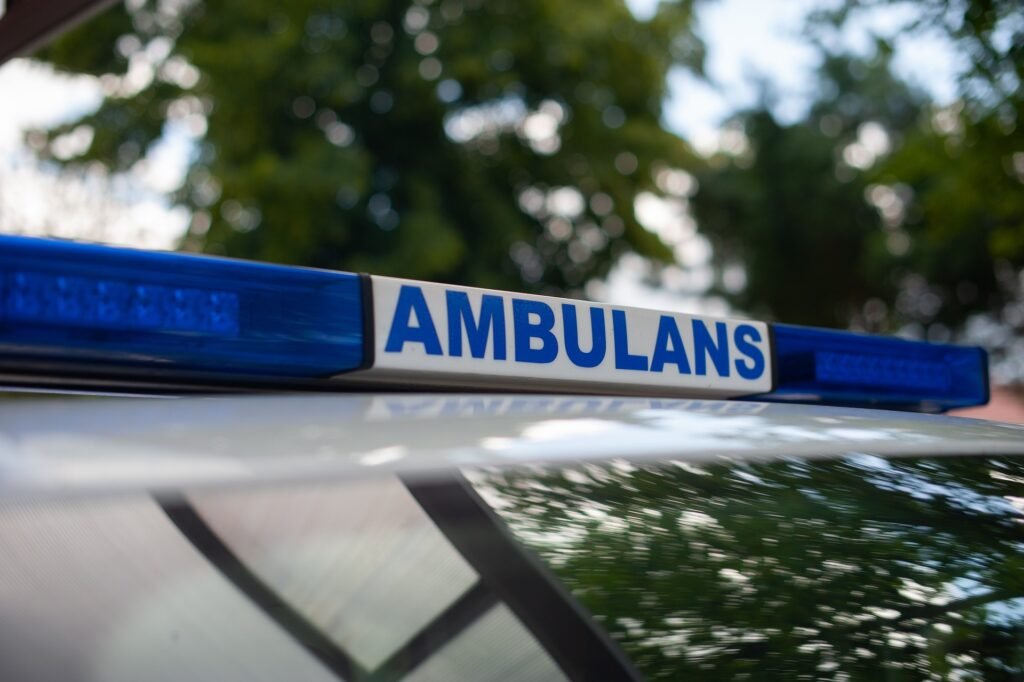
Intro
ACLS, BLS, ALS, NICU, and PICU Ambulance Services: Understanding the Differences and Applications
In emergency medical services (EMS), the level of care provided during transport depends on the patient’s condition and the type of ambulance service requested. From basic life support to advanced critical care, various ambulance services are designed to cater to specific medical needs. Below, we will explore the differences between ACLS Ambulance Service, BLS Ambulance Service, ALS Ambulance Service, NICU Ambulance Service, and PICU Ambulance Service, and how each one is tailored to meet specific patient requirements.
1. ACLS Ambulance Service (Advanced Cardiac Life Support)
Overview:
ACLS Ambulance Service is designed for patients experiencing severe cardiovascular emergencies, including cardiac arrest, heart attacks, strokes, or other life-threatening arrhythmias. The service provides advanced care for patients in need of immediate, critical medical intervention during transport.
Key Features:
- Advanced Cardiac Care: Equipped with cardiac monitors, defibrillators, and advanced medication for heart conditions.
- Specialized Equipment: Includes external pacemakers, oxygen therapy systems, intravenous (IV) lines, and advanced airway management equipment.
- Trained Medical Personnel: Paramedics and nurses who are ACLS-certified and skilled in managing life-threatening cardiac emergencies and performing advanced life-saving techniques.
Conditions Treated:
- Cardiac Arrest
- Acute Myocardial Infarction (Heart Attack)
- Severe Arrhythmias (abnormal heart rhythms)
- Stroke (with an emphasis on neurological stability)
2. BLS Ambulance Service (Basic Life Support)
Overview:
BLS Ambulance Service provides the most fundamental level of pre-hospital care. This service is generally used for patients who are stable but still require transport to a medical facility. BLS is designed for less critical conditions that do not require advanced medical intervention during transport.
Key Features:
- Basic Medical Equipment: Includes oxygen, basic airway management tools, bandages, splints, and blood pressure monitoring.
- Basic Support: Trained emergency medical technicians (EMTs) are capable of performing CPR, controlling bleeding, and providing other basic life-saving interventions.
- Stable Patients: Used for non-critical patients who need transport for medical conditions that do not involve life-threatening emergencies.
Conditions Treated:
- Minor Injuries
- Non-life-threatening medical conditions
- Routine transport for stable patients
- BLS is often used for elderly patients or individuals with chronic conditions requiring transport.
3. ALS Ambulance Service (Advanced Life Support)
Overview:
ALS Ambulance Service is a higher level of care than BLS, designed for patients in moderate to severe distress who need more than basic medical intervention but don’t require the full capabilities of an ACLS service. ALS services are provided by paramedics who can perform advanced interventions during transport.
Key Features:
- Advanced Airway Management: Includes the use of advanced airway devices such as endotracheal intubation and mechanical ventilation.
- IV Medications & Monitoring: Administration of IV fluids, medications (like pain relief or anti-arrhythmic drugs), and continuous monitoring of vitals.
- Trained Paramedics: ALS paramedics have extensive training in advanced medical procedures, including interpreting heart rhythms, performing advanced CPR, and managing critical respiratory issues.
Conditions Treated:
- Severe asthma attacks
- Respiratory distress
- Severe bleeding or shock
- Stroke (not necessarily requiring the full range of ACLS interventions)
- Heart attack or serious chest pain
4. NICU Ambulance Service (Neonatal Intensive Care Unit)
Overview:
The NICU Ambulance Service is specially equipped to transport critically ill neonates (newborns), including premature babies or those with severe medical conditions. These ambulances are tailored to provide the highest level of neonatal care during transport, offering specialized equipment and a team of healthcare professionals trained in neonatal care.
Key Features:
- Neonatal Care Equipment: The NICU ambulance is equipped with an incubator, neonatal ventilators, neonatal monitors, and specialized medication.
- Specialized Transport Team: A neonatal nurse or doctor, often in addition to paramedics, is responsible for providing life-supporting care to newborns during transport.
- Temperature Control: Ensuring the baby’s body temperature remains stable and managing other specific neonatal needs like oxygenation and IV fluid administration.
Conditions Treated:
- Premature Births
- Respiratory Distress Syndrome
- Birth Defects or Complications
- Severe Jaundice or Infection
- Neonatal Sepsis
5. PICU Ambulance Service (Pediatric Intensive Care Unit)
Overview:
Similar to the NICU Ambulance Service, the PICU Ambulance Service is specialized for transporting critically ill children who require intensive care during their journey to a hospital. These ambulances are equipped to provide life-sustaining treatments for pediatric patients ranging from infants to older children.
Key Features:
- Pediatric Equipment: Pediatric ventilators, cardiac monitors, pediatric-sized defibrillators, and infusion pumps designed for children.
- Pediatric Care Team: Includes pediatricians, pediatric nurses, and paramedics trained in managing pediatric emergencies. These providers are skilled in understanding the unique physiological differences in children compared to adults.
- Medication and Support: IV medications, blood pressure regulation, respiratory support, and other critical care interventions specific to children.
Conditions Treated:
- Severe asthma attacks in children
- Pediatric trauma (e.g., severe burns, head injury)
- Cardiac or respiratory failure
- Pediatric seizures or neurological emergencies
- Severe infections, including sepsis
| Ambulance Service | Care Level | Typical Conditions |
|---|---|---|
| ACLS Ambulance Service | Advanced Cardiac Life Support (Critical Care) | Cardiac arrest, heart attack, stroke, severe arrhythmias |
| BLS Ambulance Service | Basic Life Support (Routine Care) | Non-life-threatening injuries, routine medical transport |
| ALS Ambulance Service | Advanced Life Support (Intermediate Care) | Severe asthma, stroke, chest pain, moderate trauma |
| NICU Ambulance Service | Neonatal Intensive Care (Specialized Care) | Premature babies, respiratory distress syndrome, neonatal infection |
| PICU Ambulance Service | Pediatric Intensive Care (Specialized Care) | Pediatric trauma, respiratory failure, pediatric seizures |
